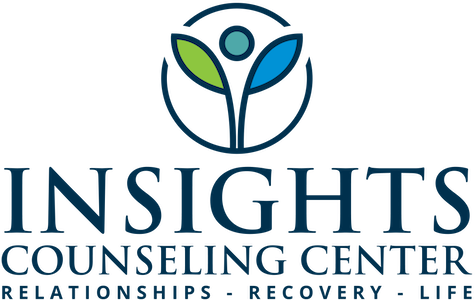What Does ‘Leaning In’ Look Like? A Guide for Committed Partners in Discernment Counseling
When a relationship reaches a critical crossroads, it’s not uncommon for one partner to feel ready to work on the relationship while the other is uncertain. If you’re the "leaning in" partner in discernment counseling, you’re likely feeling a mix of hope and frustration. You may want to do everything in your power to save the relationship, but it can be challenging to know how to approach the process effectively when your partner is unsure about staying.
This guide will help you understand your role as the leaning in partner, how to approach the process with patience and hope, and what steps you can take to foster constructive conversations during this pivotal time.
What Does It Mean to ‘Lean In’?
As the leaning in partner, you are the one who feels committed to the relationship and wants to work through the challenges. You likely have a strong desire to preserve the bond and are open to exploring ways to improve it. However, leaning in doesn’t mean pressuring your partner or rushing them to make decisions. Instead, it’s about demonstrating your commitment while creating a safe, supportive space for your partner to explore their feelings.
Balancing Hope with Patience
One of the hardest parts of being the leaning in partner is maintaining hope while practicing patience. Here’s how you can strike that balance:
1. Recognize Your Partner’s Perspective
Your partner may be feeling uncertain, disconnected, or even exhausted by the relationship. It’s essential to approach them with empathy and understanding rather than judgment. Try to:
Listen to their concerns without defensiveness.
Acknowledge their feelings as valid, even if you don’t agree.
Avoid minimizing their doubts or trying to convince them to stay.
2. Focus on What You Can Control
While you can’t control your partner’s feelings or decisions, you can control how you show up in the relationship. Consider:
Taking responsibility for your role in the relationship’s challenges.
Demonstrating positive changes in your behavior.
Showing consistency in your actions to rebuild trust and connection.
3. Give Them Space to Reflect
Pressuring your partner to make a decision can backfire and push them further away. Instead, allow them the time and space they need to explore their feelings. This doesn’t mean you should suppress your own needs but rather that you should approach conversations with patience and an open mind.
How to Be an Effective Leaning In Partner
If you’re ready to lean into the process, here are some actionable steps you can take:
1. Engage in Self-Reflection
Before focusing on the relationship, take a step back to examine yourself. Ask yourself:
How have I contributed to the current state of the relationship?
What changes am I willing to make to create a healthier dynamic?
What do I need to feel fulfilled in this relationship?
2. Communicate Your Commitment
Let your partner know that you’re committed to working on the relationship and open to change. Use “I” statements to express your feelings and intentions. For example:
“I want to better understand how we got here and how I can support you.”
“I’m willing to work on myself and our relationship to make things better.”
3. Show, Don’t Just Tell
Actions often speak louder than words. Demonstrate your commitment through consistent and meaningful actions, such as:
Taking accountability for past mistakes.
Following through on promises and commitments.
Showing kindness, respect, and empathy in everyday interactions.
4. Seek Professional Guidance
Discernment counseling provides a structured and supportive environment for both partners to explore their feelings and options. A trained counselor can help facilitate constructive conversations and guide you in navigating the complexities of your situation.
The Importance of Patience
Patience is a crucial element of being the leaning in partner. Remember that your partner’s uncertainty is not necessarily a reflection of your worth or the relationship’s potential. By giving them the time and space they need, you’re showing respect for their process and creating a foundation for healthier communication and understanding.
Moving Forward
Being the leaning in partner can be an emotionally taxing role, but it also offers an opportunity to grow as an individual and as part of the relationship. By focusing on empathy, self-reflection, and meaningful action, you can create a supportive environment that encourages open dialogue and mutual exploration.
If both you and your partner decide to move forward with couples therapy, commit to the process with a shared understanding that the next steps will involve hard work, vulnerability, and growth. With the help of discernment counseling, you can both move closer to clarity and a decision that aligns with your individual and shared goals. Reach out today to schedule with one of our therapists trained in discernment counseling.

